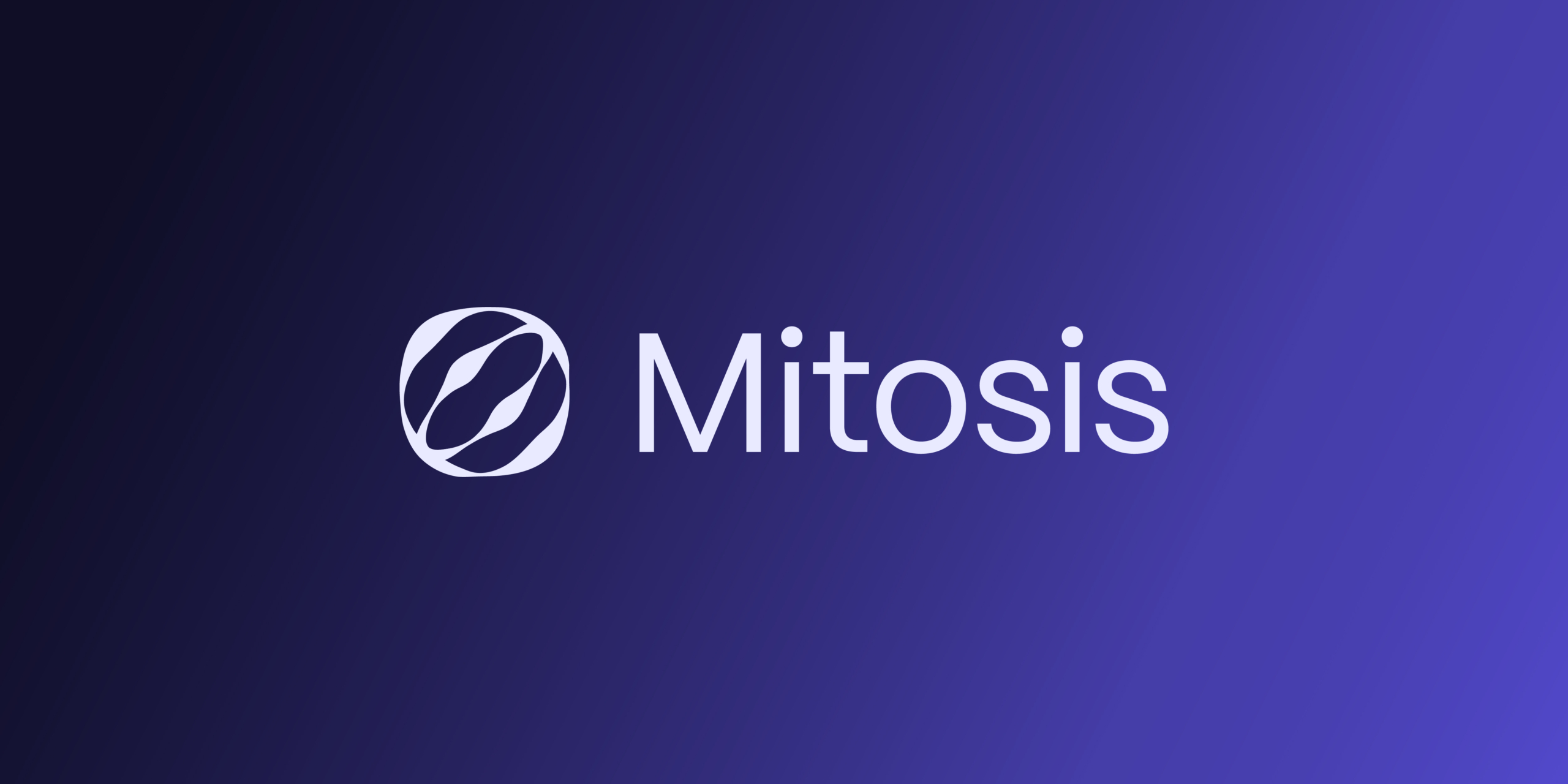Introduction
In an era where blockchain interoperability has become paramount, Mitosis presents itself as a pioneering interchain settlement protocol. This review delves deep into its technological underpinnings, gauging its potential to offer seamless asset transfer and enhanced DeFi applications across different blockchains.
Innovation
Mitosis, at its core, is an embodiment of innovation. The protocol capitalizes on the liquidity network as its nucleus, playing an integral role in currency exchange and facilitating seamless asset transfers across blockchains. By introducing Mitosis LPs and mAssets, Mitosis is redefining the norms of cross-chain liquidity, aiming for maximal composability.
Architecture
Next-Gen DeFi AppChain: Mitosis Blockchain
Mitosis stands out with its next-gen DeFi app chain features:
- Permissionless Model: A user-centric approach that removes barriers for both developers and users.
- EVM Compatibility: Assuring compatibility with existing Ethereum-centric applications and contracts.
- Instant Finality via Tendermint: A commitment to rapid and safe transaction finalization, boosting network trustworthiness.
The issuance of 1:1 convertible mAssets reflects Mitosis’s vision of empowering liquidity providers, enhancing user experience, and augmenting capital efficiency.
Hyperlane Interoperability and Enhanced Security
Security is paramount in Mitosis’s architecture. By integrating Hyperlane’s interoperability solution, the protocol ensures secure and efficient cross-chain messaging. The customizable Custom Interchain Security Module (ISM) allows for an adaptable security paradigm, ensuring Mitosis remains at the forefront of interchain security.
Mitosis Code Quality
The protocol’s emphasis on leveraging established security methods and emerging technologies suggests a commitment to code excellence and system robustness.
Product Roadmap
Mitosis is oriented towards a future emphasizing enhanced interchain user experiences, secure and streamlined trading, and a focus on risk reallocation from users to aligned stakeholders.
Usability
Mitosis shines in usability, offering:
- Multi-Chain Liquidity: A commitment to elevate the interchain UX.
- Built-In Routing Service: Simplifying trading and making it more cost-effective.
- Enhanced Security: Prioritizing user safety by shifting security risks to liquidity providers and validators.
Team
The comprehensive and innovative approach reflected in Mitosis’s design suggests a team of visionaries with a profound understanding of blockchain’s potential and the challenges of the current ecosystem.
Conclusion
Mitosis is more than just a protocol; it’s a vision for the future of interchain liquidity and decentralized finance. Its innovative approach to liquidity, bolstered by a robust security model and an architecture designed for the future, positions it as a potential game-changer in the blockchain space. Mitosis could be the lynchpin connecting diverse ecosystems as the decentralized world continues to mature, heralding a new era of blockchain interoperability and efficiency.
The project is expected to scored 83.64% when mainnet is launched.
| Initial Screening | |||
| Keep researching | |||
| Does this project need to use blockchain technology? | Yes | ||
| Can this project be realized? | Yes | ||
| Is there a viable use case for this project? | Yes | ||
| Is the project protected from commonly known attacks? | Yes | ||
| Are there no careless errors in the whitepaper? | Yes | ||
| Project Technology Score | |||
| Description | Scorecard | ||
| Innovation (Out Of 11) | 9 | ||
| How have similar projects performed? | Good | 2 | |
| Are there too many innovations? | Regular | 2 | |
| Percentage of crypto users that will use the project? | 6%-10% | 3 | |
| Is the project unique? | Yes | 2 | |
| Architecture (Out of 12) | 11 | ||
| Overall feeling after reading whitepaper? | Good | 2 | |
| Resistance to possible attacks? | Good | 2 | |
| Complexity of the architecture? | Easy | 2 | |
| Time taken to understand the architecture? | 20-50 min | 1 | |
| Overall feeling about the architecture after deeper research? | Good | 4 | |
| Has the project been hacked ? | No | 0 | |
| Code Quality (out of 15) | 11 | ||
| Is the project open source? | Yes | 2 | |
| Does the project use good code like C,C++, Rust, Erlang, Ruby, etc? | Yes | 2 | |
| Could the project use better programming languages? | No | 0 | |
| Github number of lines? | More than 10K | 1 | |
| Github commits per month? | More than 10 | 2 | |
| What is the quality of the code? | Good | 2 | |
| How well is the code commented? | Bad | 0 | |
| Overall quality of the test coverage? | Good | 1 | |
| Overall quality of the maintainability index? | Good | 1 | |
| When Mainnet (out of 5) | 0 | ||
| When does the mainnet come out? | Mainnet Ready | 0 | |
| Usability for Infrastructure Projects (out of 5) | 5 | ||
| Is it easy to use for the end customer? | Yes | 5 | |
| Team (out of 7) | 5 | ||
| Number of active developers? | 5+ | 2 | |
| Developers average Git Background? | Intermediate | 1 | |
| Developers coding style? | Solid | 2 | |
| Total Score (out of 55) | 41 | ||
| Percentage Score | |||
| Innovation | 16.36% | ||
| Architecture | 20.00% | ||
| Code Quality | 20.00% | ||
| Mainnet | 0.00% | ||
| Usability | 9.09% | ||
| Team | 9.09% | ||
| Total | 74.55% |





